-
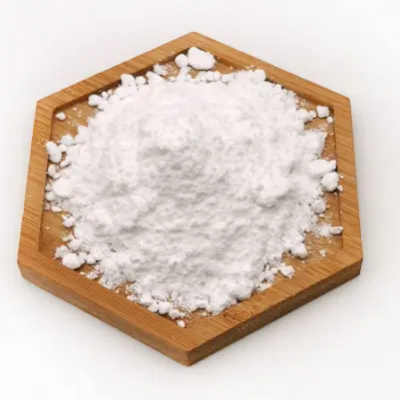
methyl 2-(aminomethyl)isonicotinate hydrochloride CAS:1072438-54-0
Methyl 2-(aminomethyl)isonicotinate hydrochloride is a chemical compound commonly used in organic synthesis and pharmaceutical research. It consists of an isonicotinate scaffold substituted with a methyl group, an aminoethyl moiety, and a hydrochloride salt. This compound is notable for its versatility and utility in synthetic chemistry, particularly in the creation of diverse organic molecules with potential pharmaceutical applications.
-

8-bromoisoquinolin-4-ol CAS:864738-31-8
8-Bromoisoquinolin-4-ol is a chemical compound utilized in organic synthesis and pharmaceutical research. It belongs to the class of isoquinolinol derivatives, featuring a bromine atom attached to the isoquinoline ring at the 8-position and a hydroxy group at the 4-position. This compound is available in its pure form and is commonly used in laboratory settings for various chemical reactions and investigations. With its specific molecular structure, 8-Bromoisoquinolin-4-ol offers unique reactivity and versatility in synthetic pathways, making it a valuable tool in medicinal chemistry and related fields.
-
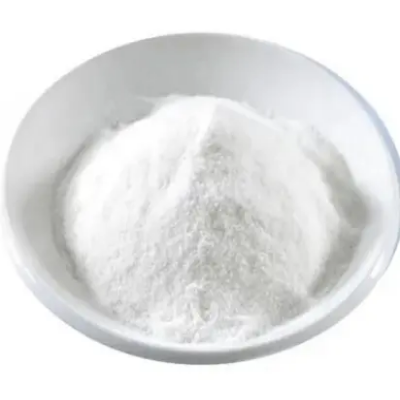
trans-Methyl 4-(4-(trifluoromethyl)phenyl)pyrrolidine-3-carboxylate hydrochloride CAS:1022224-85-6
trans-Methyl 4-(4-(trifluoromethyl)phenyl)pyrrolidine-3-carboxylate hydrochloride is a chemical compound utilized in organic synthesis and pharmaceutical research. It consists of a pyrrolidine ring substituted with a trifluoromethylphenyl group and a methyl ester functionality, with the hydrochloride salt form. This compound exhibits trans configuration, which influences its chemical properties and reactivity in various reactions. Its unique molecular structure makes it valuable for the synthesis of diverse organic molecules, particularly those with potential pharmaceutical applications.
-
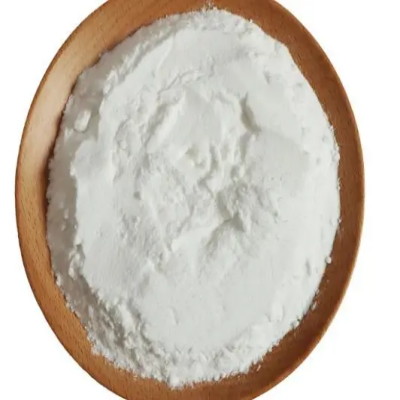
1-Hydroxyisoquinoline-8-carboxylic acid CAS:116409-31-5
1-Hydroxyisoquinoline-8-carboxylic acid is a chemical compound utilized in organic synthesis and pharmaceutical research. It belongs to the class of isoquinoline derivatives, featuring a hydroxy group attached to the isoquinoline ring at the 1-position and a carboxylic acid functional group at the 8-position. This compound is available in its pure form and is commonly used in laboratory settings for various chemical reactions and investigations. With its specific molecular structure, 1-Hydroxyisoquinoline-8-carboxylic acid offers unique reactivity and versatility in synthetic pathways, making it a valuable tool in medicinal chemistry and related fields.
-
![6-Chloro-1H-benzo[d]imidazole-4-carboxylicacid CAS:180569-27-1](https://cdn.globalso.com/xindaobiotech/NIQ7288PPWVEXNL@IMY190.png)
6-Chloro-1H-benzo[d]imidazole-4-carboxylicacid CAS:180569-27-1
6-Chloro-1H-benzo[d]imidazole-4-carboxylic acid is a chemical compound widely employed in organic synthesis and pharmaceutical research. It features a benzo[d]imidazole ring substituted with a chlorine atom at the 6-position and a carboxylic acid group at the 4-position. This compound is valued for its structural attributes, making it a versatile building block in the creation of diverse organic molecules, particularly those with potential pharmaceutical applications.
-
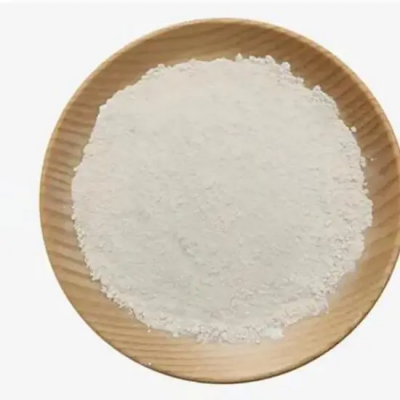
5-Fluoropicolinohydrazide CAS:1254073-41-0
5-Fluoropicolinohydrazide is a chemical compound used primarily in organic synthesis and pharmaceutical research. It belongs to the class of picolinohydrazides, featuring a picolinyl group substituted with a fluorine atom and a hydrazide functional group. This compound is available in its pure form and is commonly used in laboratory settings for various chemical reactions and investigations. With its specific molecular structure, 5-fluoropicolinohydrazide offers unique reactivity and versatility in synthetic pathways, making it a valuable tool in medicinal chemistry and related fields.
-
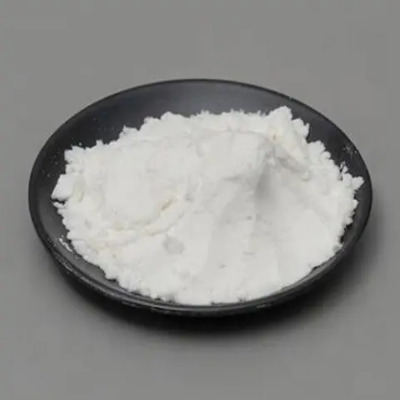
1-Methyl-1,2,3,4-tetrahydroquinolin-4-amine hydrochloride CAS:851390-46-0
1-Methyl-1,2,3,4-tetrahydroquinolin-4-amine hydrochloride is a chemical compound utilized in organic synthesis and pharmaceutical research. It features a tetrahydroquinoline scaffold substituted with a methyl group and an amino group, forming a versatile building block for diverse organic molecules with potential pharmaceutical applications.
-
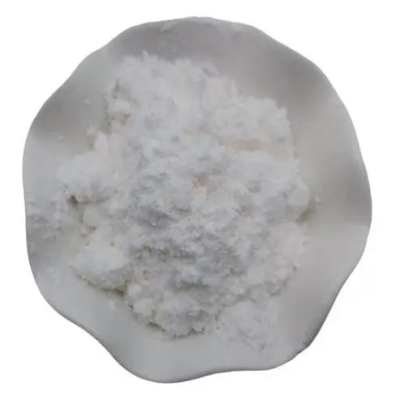
(S)-4-benzyloxymandelic acid CAS:197437-40-4
(S)-4-benzyloxymandelic acid is a chemical compound widely employed in organic synthesis and pharmaceutical research. It consists of a mandelic acid moiety substituted with a benzyl group, offering versatile applications in the synthesis of diverse organic molecules with potential pharmaceutical applications.
-
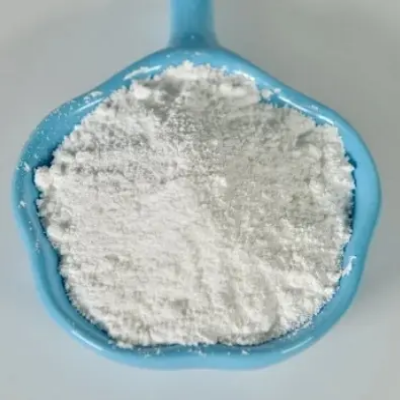
(R)-Methyl6,6-dimethylmorpholine-3-carboxylate hydrochloride CAS:1313278-08-8
(R)-Methyl 6,6-dimethylmorpholine-3-carboxylate hydrochloride is a chemical compound utilized in organic synthesis and pharmaceutical research. It comprises a morpholine ring substituted with a methyl group, forming a versatile intermediate for the synthesis of diverse organic molecules with potential pharmaceutical applications.
-
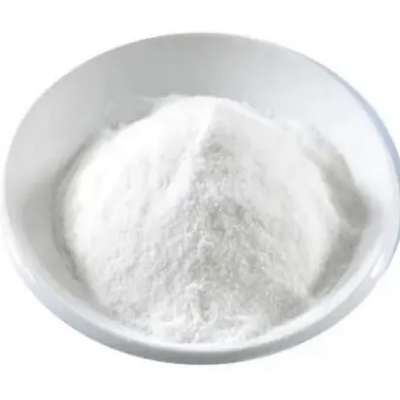
(1R,2S)-2-(4-Bromo-phenyl)-cyclopropylamine hydrochloride CAS:1228092-84-9
This compound is a pharmaceutical intermediate primarily used in the synthesis of various organic compounds. It consists of a cyclopropylamine group attached to a phenyl ring substituted with a bromine atom, and it is in the hydrochloride salt form. With its specific stereochemistry denoted as (1R,2S), it offers distinct reactivity and selectivity in chemical reactions. The bromine substituent enhances its versatility in organic synthesis, making it valuable for medicinal chemistry research and pharmaceutical development.
-
![((1S,5R)-3-Oxabicyclo[3.1.0]hexan-1-yl)methanamine hydrochloride CAS:2095396-73-7](https://cdn.globalso.com/xindaobiotech/VYH6FUCIIBE_I7B6OOPY189.png)
((1S,5R)-3-Oxabicyclo[3.1.0]hexan-1-yl)methanamine hydrochloride CAS:2095396-73-7
((1S,5R)-3-Oxabicyclo[3.1.0]hexan-1-yl)methanamine hydrochloride is a chemical compound utilized in organic synthesis and pharmaceutical research. It features a bicyclic structure consisting of an oxabicyclohexane ring substituted with a methanamine group, in the hydrochloride salt form. This compound possesses specific stereochemistry denoted as (1S,5R), which influences its reactivity and pharmacological properties. Its unique molecular configuration makes it valuable for the synthesis of diverse organic molecules, particularly those with potential pharmaceutical applications.
-
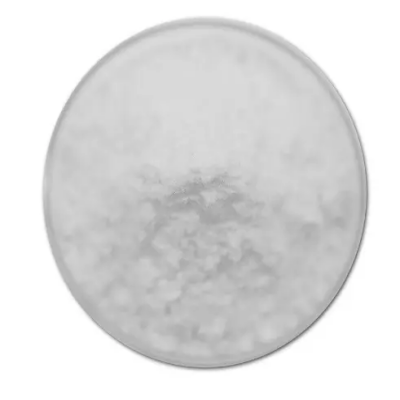
(3R,4S)-ethyl 1-benzyl-4-hydroxy-5-oxopyrrolidine-3- Carboxylate CAS:871085-96-0
This compound is a chemical entity widely employed in organic synthesis and pharmaceutical research. It comprises a pyrrolidine ring substituted with a benzyl group and an ethyl ester functionality, with specific stereochemistry denoted as (3R,4S). Its molecular structure features a hydroxy group and a keto moiety, contributing to its reactivity and versatility in various chemical transformations. Available in its ethyl ester form, this compound serves as a valuable intermediate in the synthesis of biologically active molecules and pharmaceutical agents.

